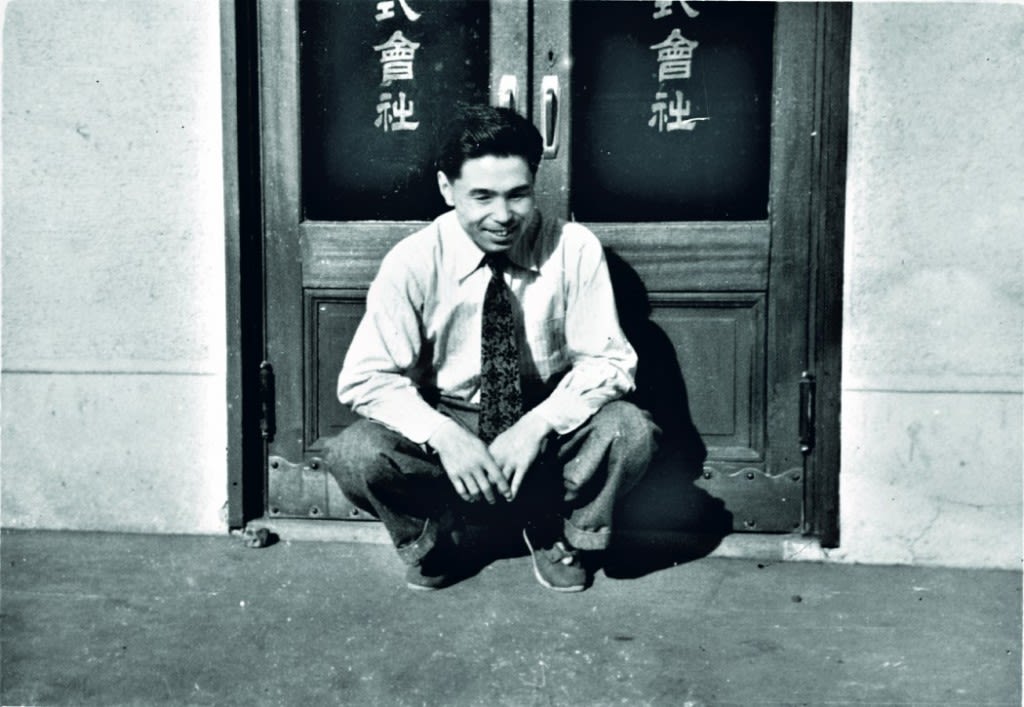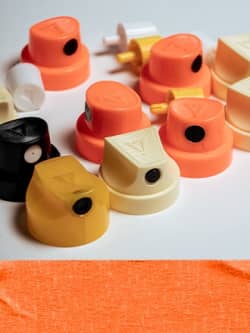#FactsFriday - The History of ASICS

Onitsuka Tiger have been a major competitor on the sneaker market since the late 1940s. Sound unfamiliar? Of course it does, that’s because the brand we’ve all obsessed over at one time or another wasn’t always known as Asics.
In 1949, Kihachiro Onitsuka founded Onitsuka Co. Ltd, aiming to create a product that would promote sound mind and sound body in a depressed, post war Japan. Onitsuka saw that Japan’s youth were suffering from low morale and poor self-esteem, and he thought that fitness was the solution to that.
The company’s design philosophy came from the most unexpected of places – their first concept occurred over dinner one night, when Onitsuka looked down at the suckers on the octopus tentacles he was eating and had a brainwave. Suction cups attached to the soles of shoes that would provide grip could be modelled on the same principle of the traction of the tentacles when they met a surface. Onitsuka’s novel design strategy was a huge success and helped to create one of the first classic Asics trainers.
During the 1960s, the company began expanding and re-branded as Onitsuka Tiger, adding Tiger style stripes to the sides of the sneakers to make them more recognizable. Onitsuka Tiger enjoyed sporting success with the winner of the Boston Marathon running in a pair and the Japanese Women’s Volleyball team going on to win gold in the ’64 Tokoyo Olympics all wearing the shoe.
By 1977, the Kobe-based company was renamed ASICS – an acronym of the Latin anima sana in corpore sano, which translates as ‘healthy soul in a healthy body,’ a code still central to the brand’s philosophy today. The idea that sports and fitness is the best way to create sound mind and body has been a philosophy that has carried the brand from the outset and lies in the foundations of every Asics sneaker.
ASICS Tiger is the lifestyle expression of the performance brand, bringing the unique combination of Japanese sports technology and global street style to the modern day sneaker lover.
– Asics
Asics logo, new image, and their venture into athletics proved a massive hit among sportsmen and women. More and more athletes were seen wearing, and winning in the sneakers, and the Asics brand was steadily growing in popularity.
During the late ’60s and early ’70s they saw a boom in the sporting accolades claimed by the Asics sneaker. The world marathon record was broken by Derek Clayton in a pair of Asics in 1967 and Lasse Viren won gold at the 1972 Munich Olympics wearing the shoe. Asics were building a reputation as a high-performance sporting sneaker with the stats to prove it.
1990 – The release of the Gel Lyte III
A more contemporary, street inspired variation of the Gel – Lyte, the Gel Lyte III. Lighter, performance driven and more aesthetically pleasing, the Gel – Lyte III was designed by Shingeyuki Mitsui as the ‘ultimate performance running shoe’.
1993 – The release of the Gel Lyte V
With a stability insert and gel cushioning on the heels and balls of the feet, the Gel -Lyte V was a further progression of the Asics sneaker that took it into more performance driven territory. Lightweight, with exposed mesh for breathability and a flexible design, the Gel – Lyte V was designed with the athlete in mind.
1993 – The release of the Gel – Kayano
Designed by and named after Toshikazu Kayano, the next generation of Gel – Lyte was an athletic sneaker completely imagined with the athlete in mind. With shock absorption, Coolmax lined mesh, a contoured insole and Asics signature gel cushioned technology, the Gel – Kayano was the ultimate in comfort and support for runners of epic and ordinary proportions.
Today, Asics is revered as a contemporary street and athletics sneaker brand with a rich heritage in performance and design. With sneakers based on the classic designs worn by athletes that propelled Asics to sporting stardom during the ’60s for their high-quality performance during Olympic championships and major sporting events, the brand is traveling back to a golden age. Even a brand as current and contemporary as Asics aren’t immune to a little retro nostalgia.















